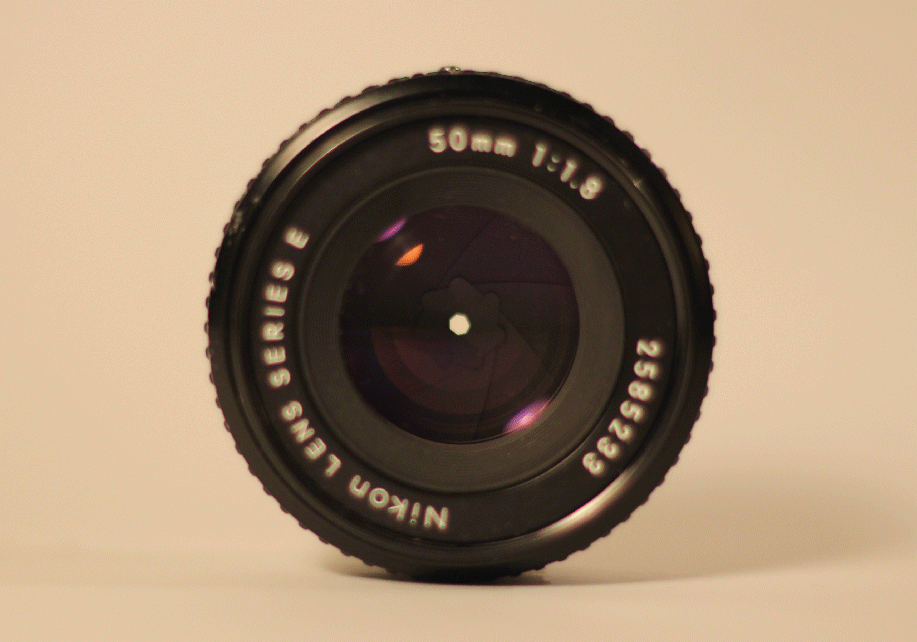Exposure and the Human Eye + Project 116*3 (Intro for the uninitiated)
I want to start with the absolute basics for those of you reading with no prior or any knowledge of photography. Sit right down there and hopefully (if I explain things correctly and thoroughly enough) by the end of “Understanding Exposure”, an off and on series, you’ll understand exposure and the key components that go into exposure thus creating a photo. By extension, with no guarantee, you will most likely take better photos knowing these components.; at the very least experiment more thus creating more engaging photos. So, let’s get into the basics!
Exposure has three key components to it; Aperture, Shutter Speed, and Film Speed. All three components factor light coming in; the aperture for the amount through the lens, shutter speed for how long the light comes into the camera, and the film speed (going forward it will be called ISO) which measures the sensitivity of that specific film or sensitivity of the sensor at that measured setting. So let’s use this idea in practice, and many of you may not have a camera on had but you don’t need one for this example, you just need to understand you own eye.
If you shine a bright light at an eye, though I don’t suggest doing this to a random person’s eye, you’ll notice how the pupil contracts limiting the newly added amount of light in. If our eyes didn’t contract, the amount of light would blind us by bathing the entire vision in whiteness.
Our eye can and do compensate however and so our pupil contracts and the vision isn’t whited out very long. The same can be said for the opposite, when wondering around in the dark with no or low lighting our eyes will compensate for the lack of light and let in as much light as possible to create a visible scene. If our eyes didn’t adjust ever we would, for example, walk into a dark theater from the lobby or outside and constantly bump into things it would be too dark to give vision.
The camera’s lens functions the exact same way. Sure it has some advantages and hurdles when dealing with a wide or narrow aperture but dealing with the amount of light and having the lens control it is the same as the involuntary action of the pupil. You can even know what happens if the aperture is too narrow or wide, given the shutter speed and ISO are all set properly. Too wide? Then the exposure will be too light. Is the image too dark? then the aperture is too narrow. All these are, again, if the shutter speed and ISO are set properly. The shutter speed simply is the blinking of the “camera’s eye”. The faster the camera “blinks” the darker the image is, and the longer the cameras blink stay open, the brighter the image will be. Like the Aperture the shutter speed is dependent in the Aperture and the ISO. I’ll get more into the ISO in the blog entry for “Film Speed” but for understanding purposes of the human eye and understanding exposure, think of the ISO as the retina in the back of the eye. It is a light sensitive sensor that needs the eyelids for “shutter Speed” and the pupils for the “Aperture” to best make a visible image. I’ll get more into each topic, trust me I couldn’t scratch the surface in one blog if I tried, but for now you have a better understanding of why an image would be to dark/light. Keep in mind it’s sometimes just one of the three factors but a general dark image is a combo of all three. So join me in future posts as we dive into these subjects, and you too can learn photography…
Now on to another topic.
Project 116.
A photographer I followed for the first couple years of learning photography wrote in a website she made about the first camera she ever owned:
”I spent almost a year shooting exclusively with the 50mm f/1.4. I couldn’t afford another lens, so I just had to make do with what I had. I think this forced me to learn the basics of photography (exposure, light & composition) and really know how to use my camera.” - Lisa “Mostly Lisa” Bettany
It made me think about the constant influx of gear I’ve had come and go with little work to speak of other than the work I brought it for (this was before the popular rise of lens rental sites"). I needed a way to celebrate what gear I bought and why I loved these specific lenses or cameras. So, project 116 ( 1 camera, 1 lens, 6 months) started with my first lens I ever bought “50mm f/1.8”. Now in this third installment I have decided to go with another zoom lens (116/2 was the 17-40mm Super Wide Zoom lens) the “Canon EF 24-105mm f/4 USM L” lens. What better way to celebrate this than with a camera fresh from the Canon repair wing, the EOS 5D mk II. Now I know for a fact that I won’t be using the 5D mk II won’t be brought on my trip in a month, so while Project 116 has been very flexible, with the one exception, I want to be a little more strict with just the 1 camera. Previous installments bounced the same lens on two to three different bodies, but this time will be a little different, and I’m excited to show you all next Flickr Friday the inaugural post. this will go on once a week every Friday for the next 6 months, so see you all then. Until next Thursday, thanks for swinging by!




